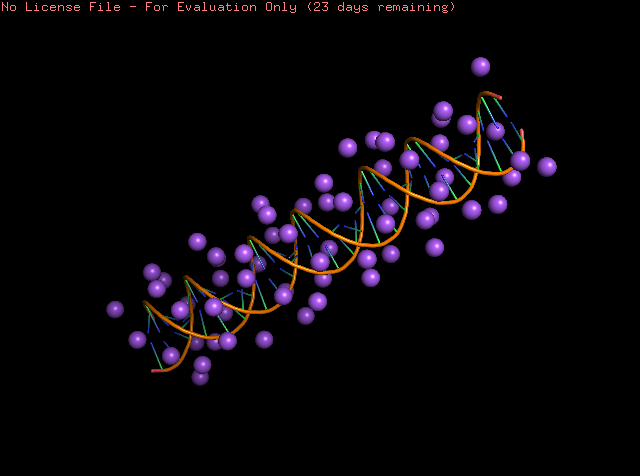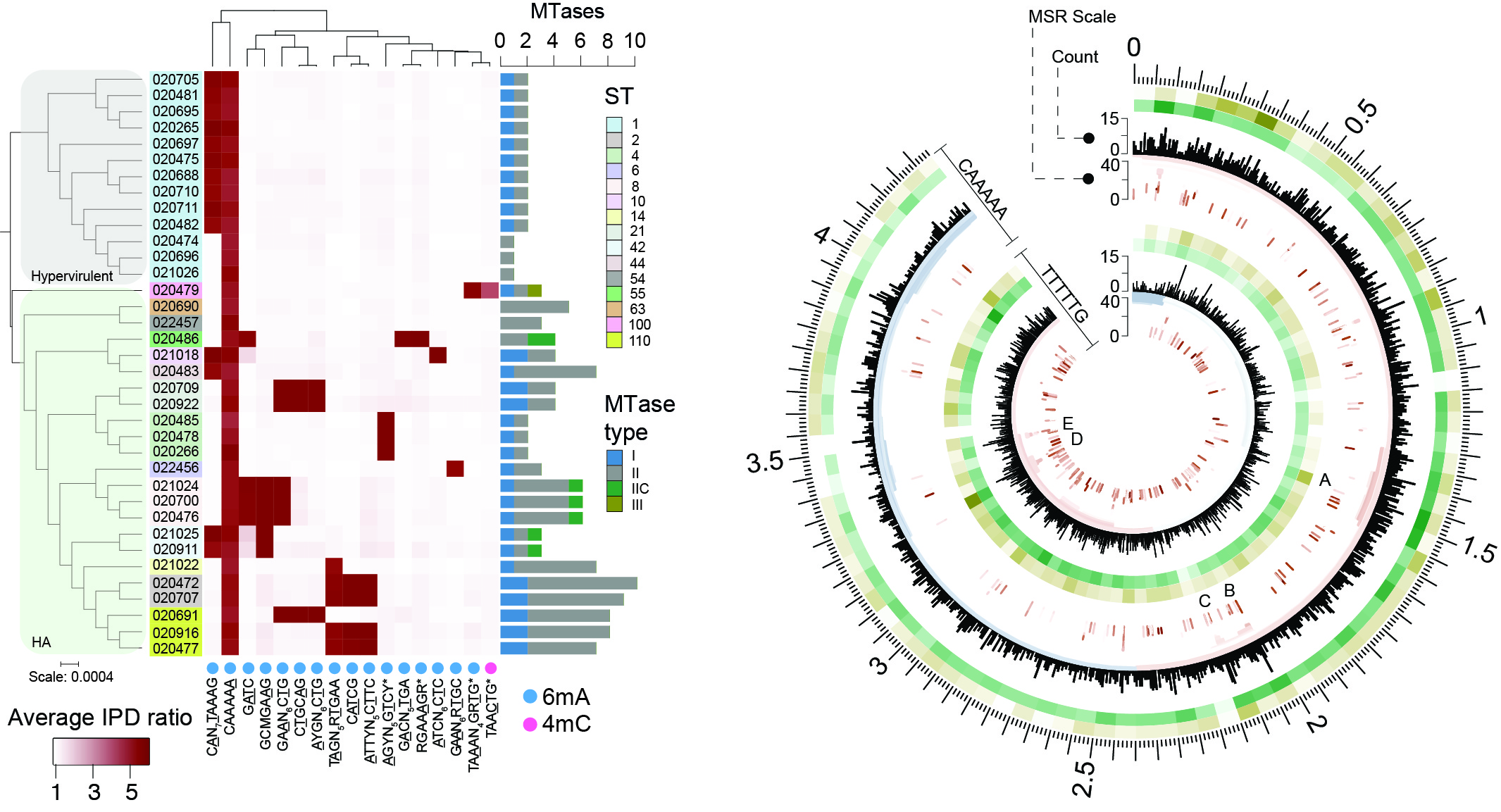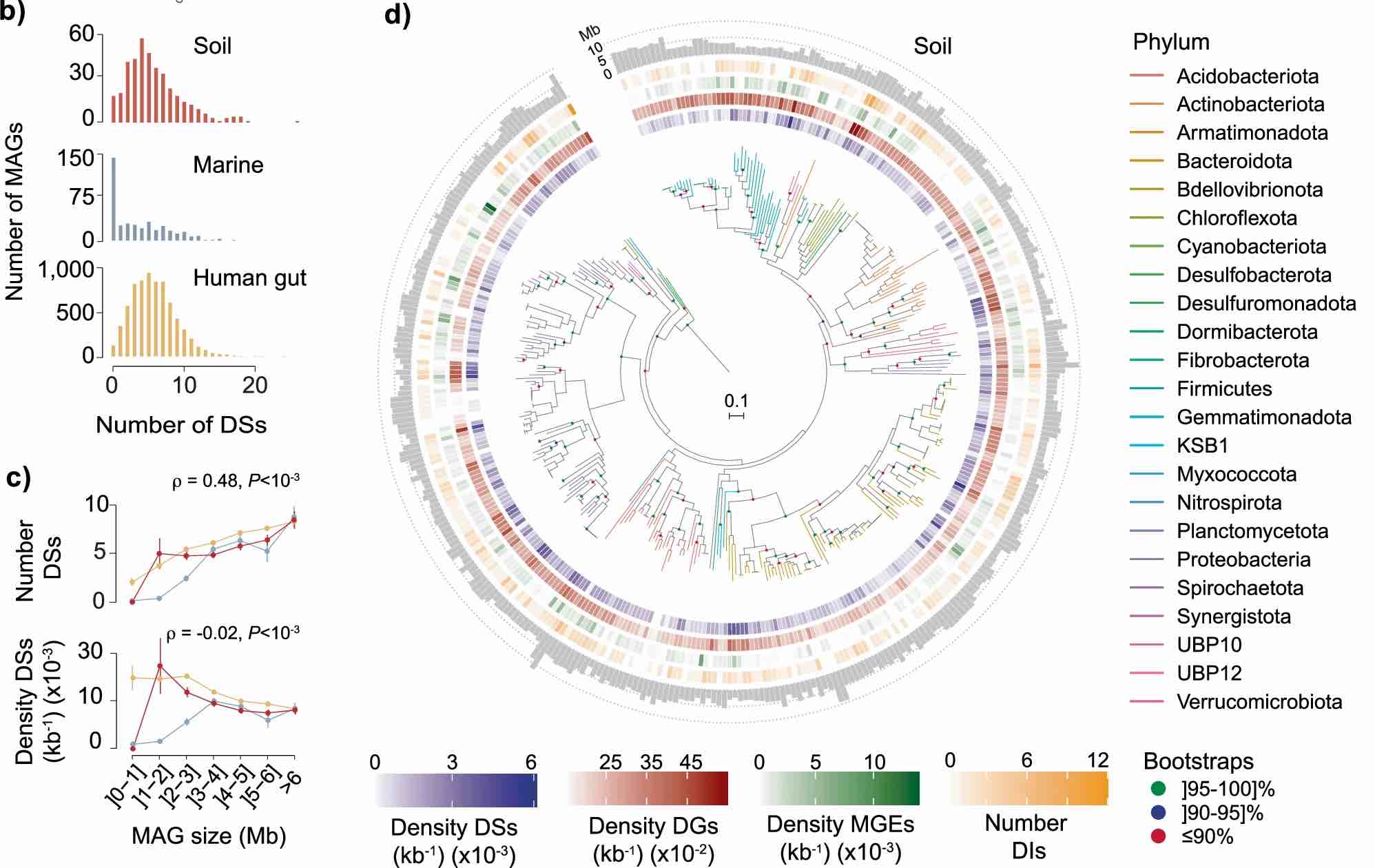-
 Our ResearchMicrobial Genomics and Epigenomics
Our ResearchMicrobial Genomics and Epigenomics
About our research
Control of genetic flux by methylation
One of our research interests focuses on the control of genetic flux in bacterial populations by R-M systems. Using comparative genomics we have performed a large-scale analysis of R-M system's abundance, evolution, co-localization with mobile genetic elements (MGEs), and association with different mechanisms of genetic mobility. One of the findings of this study, showed that MGEs harbor relatively few R-M systems but a large number of solitary MTases. While the latter have been suggested to result from the degradation of R-M systems, we found that solitary genes actually arrive more frequently in genomes by HGT than by in situ genetic degradation of complete systems. Solitary MTases may serve as antidotes against R-M systems and thereby facilitate infection of new hosts and competition with other MGEs, but the reason behind their overabundance in MGEs, remains an open question. The frequency of R-M systems encoded in the genomes can also be associated with the number of gene flux events observed in a cell. In particular, we recently tested the hypothesis that bacteria carrying similar R-M systems establish highways of gene transfer, independently of phylogenetic proximity. In a nutshell, we found that R-M systems shape population structure in complex ways depending on their repertoire across lineages.
Epigenomics of bacterial pathogens
Our ability to comprehensively analyse bacterial epigenomes is limited by a bottleneck in integratively characterizing methylation events, methylation motifs, transcriptomic data and functional genomic data. In this regard, we have recently used single-molecule real-time sequencing (SMRT-seq) to perform a first-of-its kind comparative analysis of a large collection of epigenomes belonging to a single species (the human pathogen Clostridioides difficile). We showed that a highly conserved species-specific MTase had a functional impact on sporulation, a key step in the transmission of C. difficile. Further experimental and integrative transcriptomic analysis demonstrated that epigenetic regulation by DNA methylation also modulates cell length, host colonization and biofilm formation. These discoveries on a conserved MTase are expected to stimulate future investigations to characterize and potentially repress clinically relevant biological processes in human pathogens.
Interplay methylome-transcriptome-DNA topology
Methylation affects chromosome structure as well as the chemical stability of DNA. However, we currently lack an holistic genome-scale view of how DNA methylation at a given target motif affects or is affected by DNA topology, ultimately rendering vicinal genes more or less accessible to the transcriptional machinery. We are using comparative epigenomics, molecular dynamics simulations, RNA-seq data, and biophysical data to evaluate: (i) the extent to which different types of DNA modifications alter the conformation of recognition sites; (ii) if methylation motifs significantly overlap with non-B structures; and (iii) if a correlation can be established between methylation, mutagenesis at target sites, and expression variability of nearby genes. Ultimately, this will allow testing the cost of carrying an MTase and will enlighten how mutation patterns change following the acquisition of an MTase
Defensomes and counter-defensomes of microbiomes and phageomes
Bacteria have developed various defense mechanisms to avoid infection and killing in response to the fast evolution and turnover of viruses and other genetic parasites.
Such pan-immune system (defensome) encompasses a growing number of defense lines that include well-studied innate and adaptive systems such as restriction-modification, CRISPR-Cas and abortive infection, but also newly found ones whose mechanisms are still poorly understood.
Under the Red Queen evolutionary dynamics, the coevolution between opposing hosts and parasites portrays evolution as a never-ending evolutionary arms-race between defense and counter-defense strategies.
Our group is building upon culture-independent genome-resolved metagenomics to advance our understanding on the abundance, distribution, and diversity of such strategies in microbiota and phageome.
Such information is allowing us to develop ingenious strategies of targeted editing of microbial composition.
To read more about our research, see our publications.

R-M systems and gene flux control
R-M systems are more abundant in species enduring more DNA exchanges, and within-species flux of genetic material is higher when cognate systems are present. Bacteria enduring frequent infections by mobile elements select for the presence of more numerous R-M systems, but rapid diversification of R-M systems leads to varying patterns of sexual exchanges between bacterial lineages.

DNA methylation, virulence, and adaptation
DNA methylation plays multiple functional roles, including control of cell length, biofilm formation and host colonization. Epigenetics provides a unique dimension to characterize relevant biological processes in multiple important pathogens.

Methylation and DNA topology
How does methylation affect DNA structure? How do non-B and higher order DNA structures affect the access of DNA MTases to target sites? To what extent?

Defensome of complex microbial communities
Bacteria have evolved numerous innate and adaptive defence mechanisms. We recently characterised the impact of biogeography, genetic mobility, and clustering in defense islands, on the defence systems of complex bacterial populations.